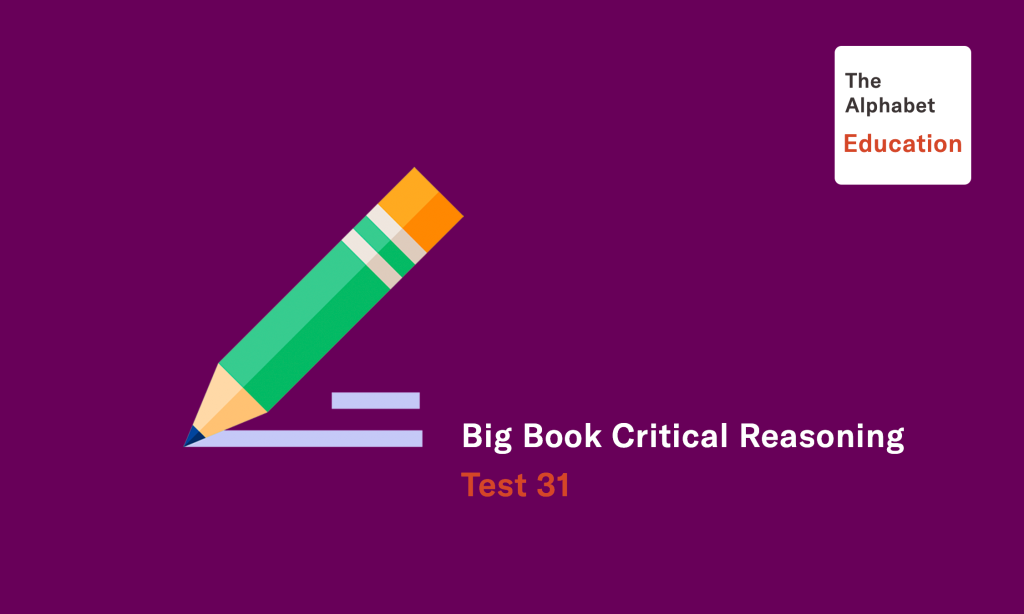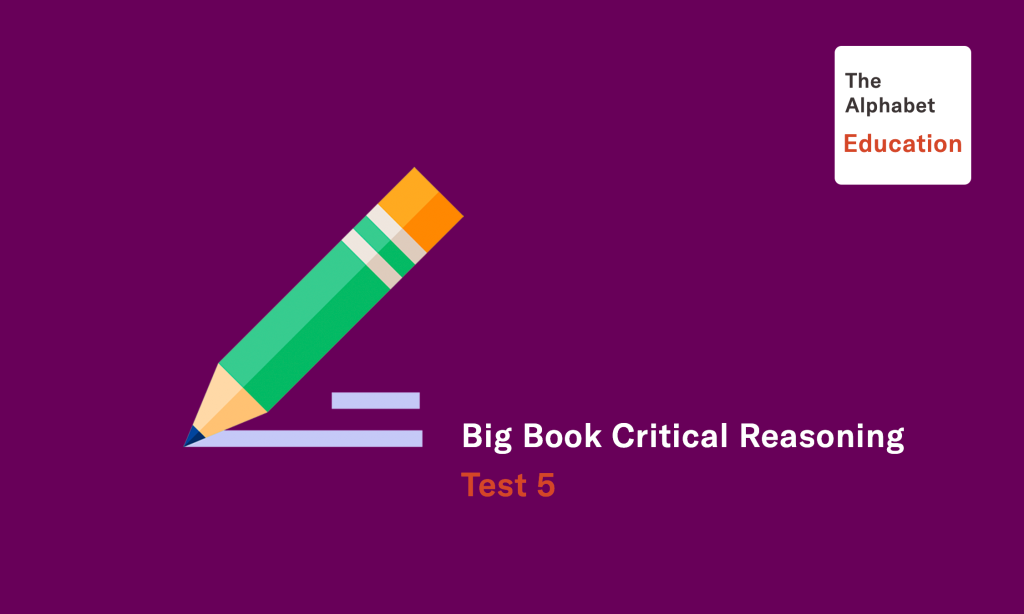GRE Critical Reasoning
Critical Reasoning questions test the ability to understand, analyze, and evaluate arguments. Some of the abilities tested by specific questions include identifying the roles played by specific phrases or sentences in an argument, recognizing the point of an argument, recognizing assumptions on which an argument is based" drawing conclusions and forming hypotheses, identifying methods of argumentation, evaluating arguments and counter-arguments, and analyzing evidence.
Each of the Critical Reasoning questions is based on a short argument, a set of statements, or a plan of action. For each question, select the best answer of the choices given.
A person who agrees to serve as mediator between two warring factions at the request of both abandons by so agreeing the right later to take sides. To take sides at a later point would be to suggest that the earlier presumptive impartiality was a sham.
#1
A study of attitudes toward prime-time television programs showed that programs with identical ratings in terms of number of people watching received highly divergent marks for quality from their viewers. This additional piece of information could prove valuable for advertisers, who might be well advised to spend their advertising dollars for programs that viewers feel are of high quality.
#2
Nineteenth-century art critics judged art by the realism of its method of representation. It was assumed that the realistic method developed from primitive beginnings to the perfection of formal realism. It is one of the permanent gains of the aesthetic revolution of the twentieth century that we are rid of this type of aesthetics.
#3
Why save endangered species? For the general public, endangered species appear to be little more than biological oddities. A very different perception is gained from considering the issue of extinction in a wider context. The important point is that many major social advances have been made on the basis of life forms whose worth would never have been perceived in advance. Consider the impact of rubber-producing plants on contemporary life and industry: approximately two-thirds of the world’s rubber supply comes from rubber-producing plants and is made into objects as diverse as rubber washers and rubber boots.
#4
Why save endangered species? For the general public, endangered species appear to be little more than biological oddities. A very different perception is gained from considering the issue of extinction in a wider context. The important point is that many major social advances have been made on the basis of life forms whose worth would never have been perceived in advance. Consider the impact of rubber-producing plants on contemporary life and industry: approximately two-thirds of the world’s rubber supply comes from rubber-producing plants and is made into objects as diverse as rubber washers and rubber boots.
#5
In the United States between 1850 and 1880, the number of farmers continued to increase, but at a rate lower than that of the general population.



